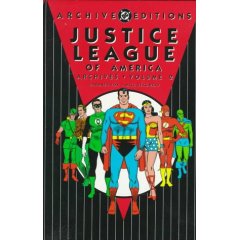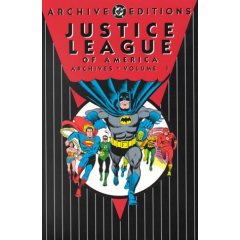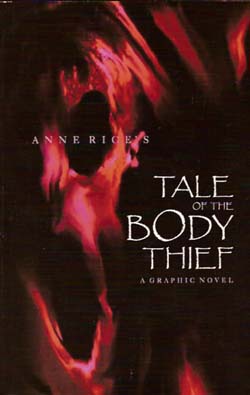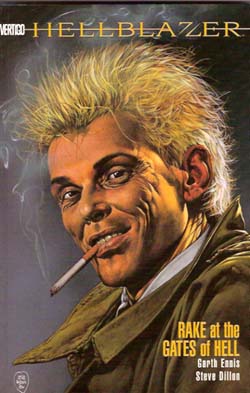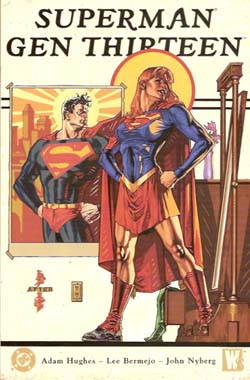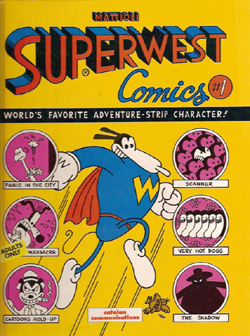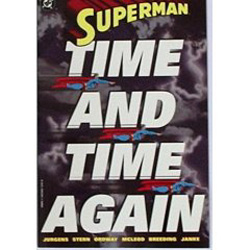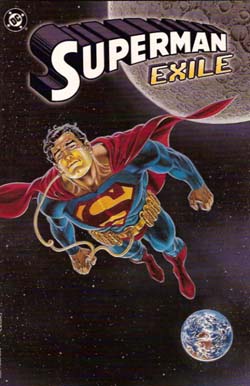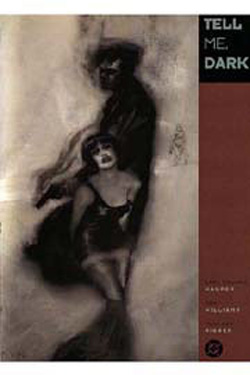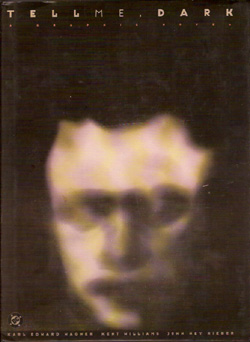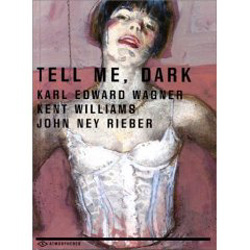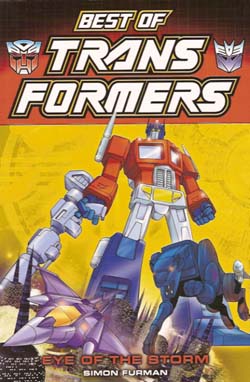
By Simon Furman & various (Titan Books)
ISBN: 978-1-84576-910-9
Titan Books continues its reprinting of Marvel’s Transformers output in a new format with the Best of … line. This first volume collects issues #62-66 and #69-75, two extended epics that took the Robots in Disguise to the far corners of the universe and the pinnacle of cosmic cataclysm.
Writer Simon Furman had inherited the American title as well as the British counterpart by this time and after a few tentative forays began a galactic odyssey with Matrix Quest. This five part saga saw the noble Autobots in all their variations seek the enigmatic device that was the soul of the original mechanoid Primus, who had created the planet Cybertron and all the robots who inhabited it to combat the monstrous world-eater Unicron millions of years ago.
Primus and Unicron were implacable enemies and the matrix was the means by which new Autobots were created. Its loss in the depths of space severely weakened the robots’ chances of defeating the reawakened planet killer, so the recovery was vital to Autobot survival. But the sentient artefact was also a device of immense power, coveted by many deadly foes, mechanical and organic alike…
This action-packed sci-fi romp for kids of all ages is illustrated by Geoff Senior, with the second and third chapters pencilled by the hugely undervalued veteran José Delbo (and inked by Dave Hunt and the legendary Al Williamson), and pays loving tribute to classic movie scenarios such as The Maltese Falcon, The Magnificent Seven, Moby Dick and even Godzilla and Alien whilst still providing a sting in the tale that should leave most readers reeling.
The next epic is the long-anticipated final confrontation with Unicron, an all-out battle of good and evil that sees Autobots and Decepticons unconventionally reunited, and their four million year civil war ended. The yarn also features a key role for Earth’s anti-robot champions G. B. Blackrock, Circuit Breaker, Thunder-Punch, Rapture and Dynamo, collectively known as the Neo Knights.
With this tale the Brits assumed total control of the morphing Mechas’ destiny as Andrew Wildman joined Geoff Senior on the daunting pencilling chores, and after the first part (inked by Harry Candelario and Bob Lewis) our own Stephen Baskerville becomes the master of brushes and pens for the rest of the book.
Modern comics have precious little to offer younger readers and those fans who just want a series they can pick up and put down as they please. These gripping, competent, unassuming and above-all-else fun stories are a much needed embassy for comics’ core appeal in a world increasingly leaving us to stew in our insular juices.
Buy this and give it to someone who’s ripe for conversion!
© 2008 Hasbro. All Rights Reserved.

